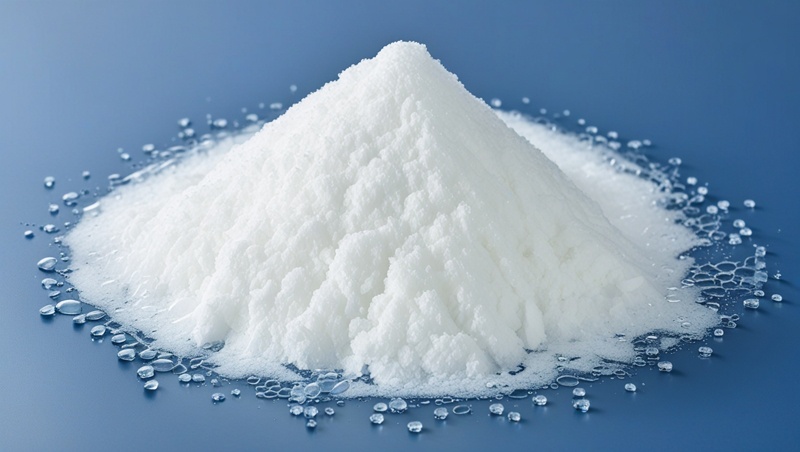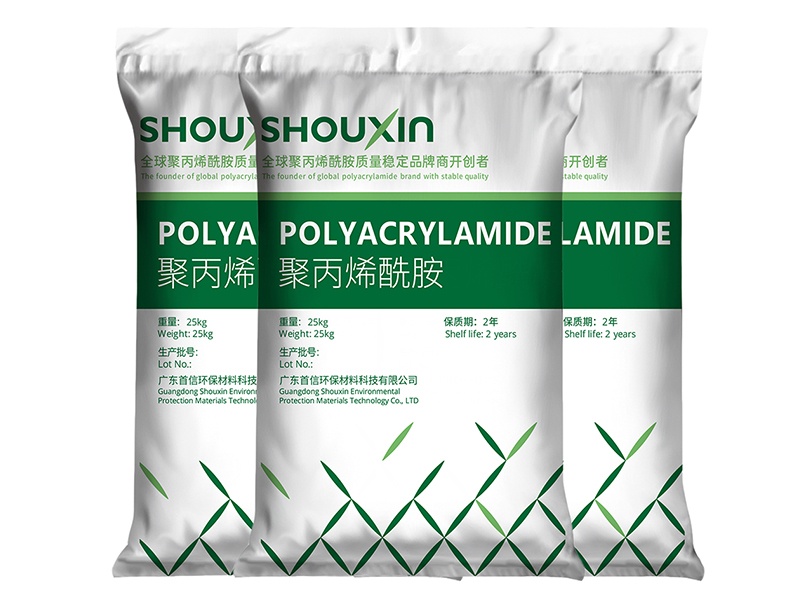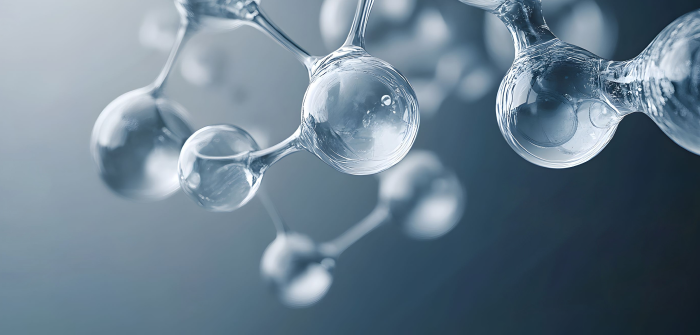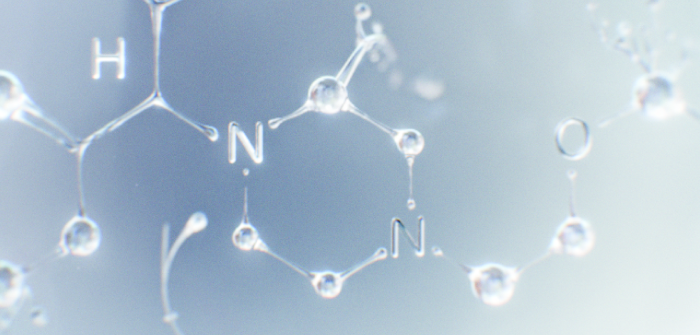Found 0 record that meets the criteria
Choosing the Right Polyacrylamide: A Guide to Optimal Water Treatment Results
Release time:2025-01-07
source:Shouxin
share:
 Introduction to PAM Polymer and Polyacrylamide
Introduction to PAM Polymer and Polyacrylamide
Polyacrylamide (PAM) is a type of water-soluble polymer that can be divided into four types based on the charge it carries: anionic, cationic, nonionic, and amphoteric. Polyacrylamide is one of the most widely used polymers in water treatment applications.
Polyacrylamide is primarily available in two forms based on its state: solid (powder) and liquid. The most common form of polyacrylamide is in powder form, which easily dissolves in water and is widely used in water treatment, sludge dewatering, and other industries. Liquid polyacrylamide is used in specific applications, especially in cases where a faster dissolution rate is required.
Due to the presence of amide groups in its structure, which can easily form hydrogen bonds, it has excellent water solubility and high chemical reactivity. This makes polyacrylamide a highly versatile polymer, capable of forming various modified products such as flocculants through grafting or crosslinking.
Polyacrylamide is used in many industries, including petroleum extraction, municipal wastewater treatment, textiles, papermaking, mineral processing, pharmaceuticals, and agriculture. Its wide range of applications is a result of its ability to form polyacrylamide flocculants, which are particularly effective in water treatment and sludge dewatering processes.

The Role of Polyacrylamide Flocculant in Water Treatment
Polyacrylamide flocculants play a vital role in the water treatment process by helping to aggregate and remove suspended particles from water. The effectiveness of these flocculants is highly dependent on the quality stability of the polyacrylamide used.
A stable-quality polyacrylamide flocculant can improve water treatment efficiency, reduce chemical usage, minimize equipment wear, and ensure compliance with environmental regulations. However, many manufacturers in the market prioritize reducing production costs, which can lead to fluctuations in product quality.
This cost-cutting approach may result in issues such as unstable molecular weight, inconsistent ionic degree, and uneven dissolution rates, all of which can negatively impact the performance of polyacrylamide flocculants in applications like wastewater treatment and sludge dewatering.

Selecting the Best Polyacrylamide Flocculant for Optimal Results
To achieve the best water treatment outcomes, selecting the right polyacrylamide flocculant is crucial. The choice of PAM polymer must be based on the specific needs of the wastewater or sludge being treated.
Large-scale selection of polyacrylamide flocculants, considering factors such as molecular weight and ionic degree, is essential for determining the most effective product. It’s important not to assume that higher or lower molecular weights or hydrolysis degrees are always better.
Companies offering a wide range of polyacrylamide flocculant models have a distinct advantage in the selection process, as more options allow for a more precise match to the needs of the application. A well-chosen polyacrylamide flocculant can significantly improve treatment efficiency, reduce operational costs, and ensure long-term effectiveness in water treatment.




















